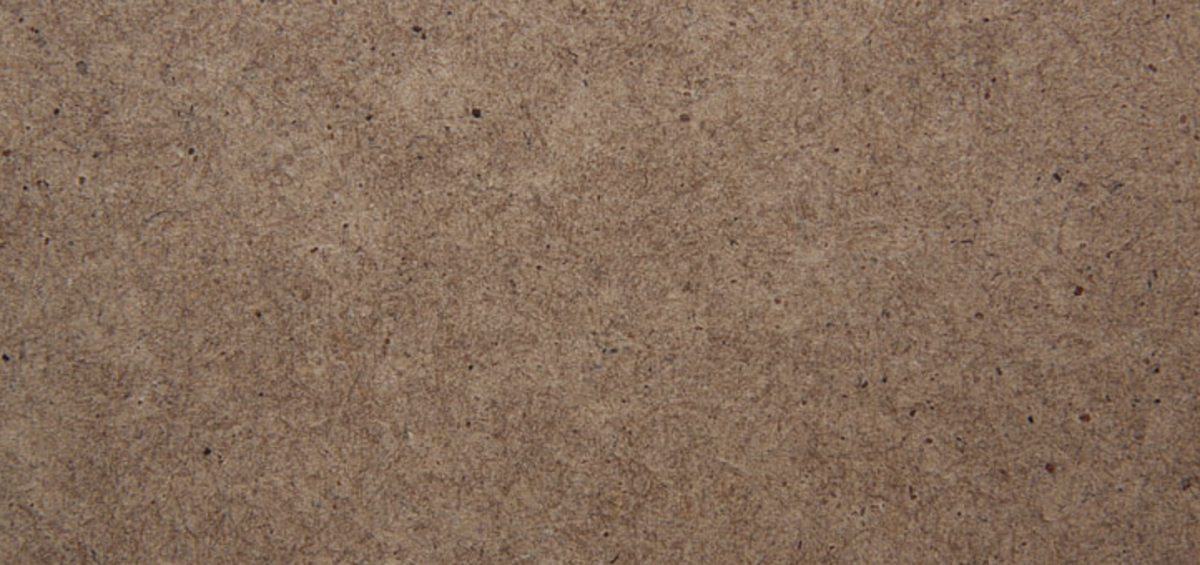When it comes to DIY and home improvement, one material consistently delivers both value and versatility—MDF. Medium Density Fibreboard has become a cornerstone in the world of interiors and joinery, thanks to its smooth surface, affordability, and adaptability. Whether you’re crafting bespoke furniture, refreshing your kitchen, or designing clever storage solutions, MDF is a quiet hero behind the scenes.
In this guide, we’ll delve into why MDF is so widely used, how it stacks up against other sheet materials, and the numerous ways you can utilise it around the home. Plus, we’ll highlight how “cut to measure MDF” services are making it simpler to achieve professional-looking results without the hassle.
What Is MDF, and Why Is It So Popular?
MDF stands for Medium Density Fibreboard. It’s an engineered wood product made from fine wood fibres bonded with wax and resin under high pressure. The result is a dense, flat panel with no grain—perfect for painting, veneering, or laminating.
Unlike solid wood, MDF won’t warp or split due to temperature shifts or humidity. It cuts cleanly, takes screws and nails easily, and has a uniform texture that’s ideal for painted finishes.
Why homeowners and tradespeople love MDF:
- Affordable: Generally cheaper than plywood or solid timber.
- Smooth Surface: Ideal for a sleek, modern finish.
- Customisable: Easy to shape, rout, or carve.
- Readily Available: Stocked in nearly every hardware shop.
- Sustainable Options: Many suppliers offer MDF made from recycled wood fibres.
Where MDF Shines in the Home
The true brilliance of MDF lies in its versatility. Here’s a look at the most popular home applications.
1. Custom Shelving & Bookcases
Fancy floating shelves that look professionally crafted? MDF’s dense structure makes it perfect for shelving units, especially when you want a seamless painted finish. Whether you’re building alcove shelving or a fitted bookcase, MDF can be cut to any size and edge-profiled for a polished result.
2. Wardrobes and Cupboards
Flat-pack furniture often trades sturdiness for convenience. MDF lets you design custom fitted wardrobes or cabinets, tailored to your room’s precise measurements. The panels are easy to work with and finish beautifully with paint or vinyl wraps.
3. Wall Panelling and Decorative Features
Wall panelling has surged in popularity, adding texture and character to plain walls. MDF is often used for shaker-style panels, tongue-and-groove designs, or even intricate Victorian-inspired mouldings. It’s cost-effective, consistent, and straightforward to install.
4. Kitchen and Bathroom Projects
Moisture-resistant MDF (often labelled MR MDF) is suitable for areas with higher humidity. Use it for boxing in pipes, bathroom shelving, or as a backing board for splashbacks. Just ensure edges are properly sealed with primer and paint.
5. Doors, Skirting, and Architraves
MDF is widely used for interior door skins, skirting boards, and architraves due to its clean edges and resistance to cracking. For modern, minimalist trims or classic mouldings, MDF can be machined into almost any profile.
The Beauty of Cut to Measure MDF
Gone are the days of wrestling oversized boards through narrow doorways or spending hours with a jigsaw chasing clean edges. With the rise of online timber merchants and digital sawmills, you can now order cut to measure MDF panels tailored to your exact specifications.
Whether you’re constructing a floor-to-ceiling wardrobe or need perfectly square shelf inserts, cut-to-size services reduce waste, save time, and boost accuracy—especially handy if you lack the tools (or patience) for precise cuts at home.
Benefits of using cut to measure MDF:
- Precision: Computer-controlled saws deliver perfectly clean, square cuts.
- Convenience: Panels arrive ready to assemble or finish.
- Reduced Waste: Buy only what you need, with minimal offcuts.
- Professional Finish: Straight cuts and uniform sizes ensure tighter joins and better results.
Plus, many services offer edging, routing, drilling, or even priming—so you can leap straight to assembly or painting.
Tips for Working with MDF at Home
While MDF is a pleasure to work with, keep these practical tips in mind:
- Seal the Edges: MDF edges are highly porous. Use a dedicated MDF primer or diluted PVA to seal them before painting.
- Dust Control: Cutting or sanding MDF produces fine dust. Always wear a mask and work in a well-ventilated area (or ideally, outdoors).
- Use Sharp Tools: A dull saw blade can cause frayed or chipped edges. Keep tools sharp and use fine-tooth blades.
- Avoid Overloading Shelves: Though dense, MDF can sag under heavy weight—especially over long spans. Reinforce long shelves or opt for thicker boards.
- Paint in Layers: MDF absorbs paint on the first coat. Don’t be discouraged—it gets smoother and easier with each layer.
Common MDF Thicknesses and When to Use Them
Unsure which size to choose? Here’s a quick guide:
- 6mm–9mm: Ideal for drawer bottoms, backboards, or panelling.
- 12mm–15mm: Great for cabinet sides, doors, or furniture panels.
- 18mm–25mm: Best for shelving, wardrobes, and load-bearing uses.
Many suppliers also offer laminated, veneered, or moisture-resistant versions for specialised projects.
Final Thoughts: Why MDF Deserves a Place in Your Next Project
MDF may not be glamorous, but it excels in flexibility, finish, and affordability. Whether you’re enhancing your living space, organising your kitchen, or adding character to your walls, MDF makes it easy to achieve polished, professional results without a professional price tag.
And with the convenience of cut to measure MDF services, there’s no excuse not to tackle your next home project with confidence.
So, the next time you’re planning a storage solution, wall feature, or flat-pack alternative—don’t overlook this humble champion. MDF might just be the blank canvas your home has been waiting for.

